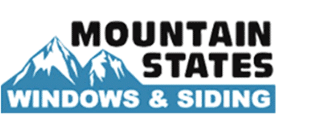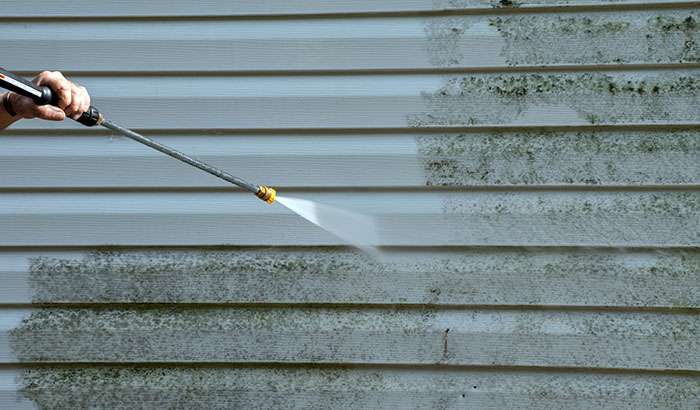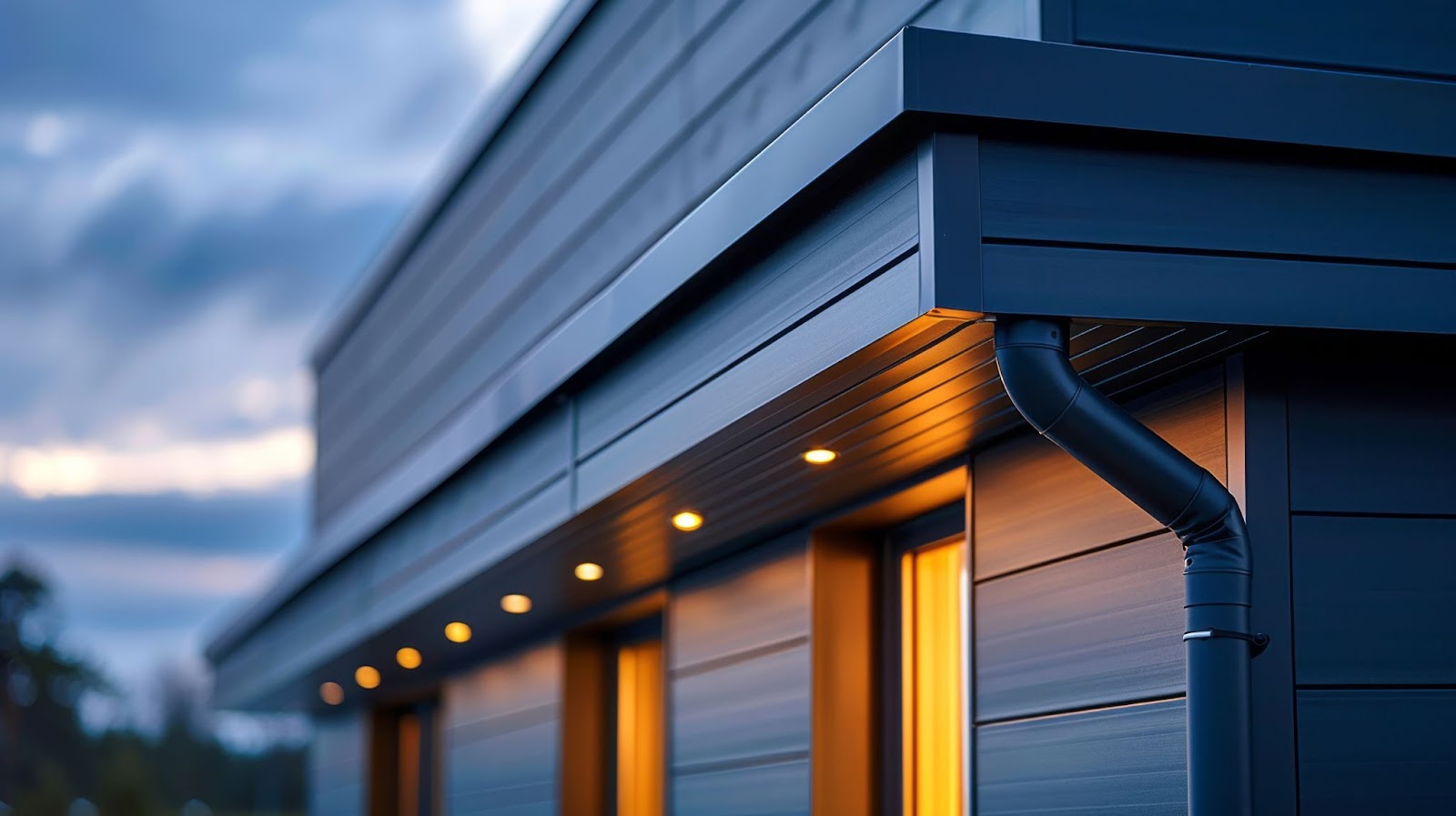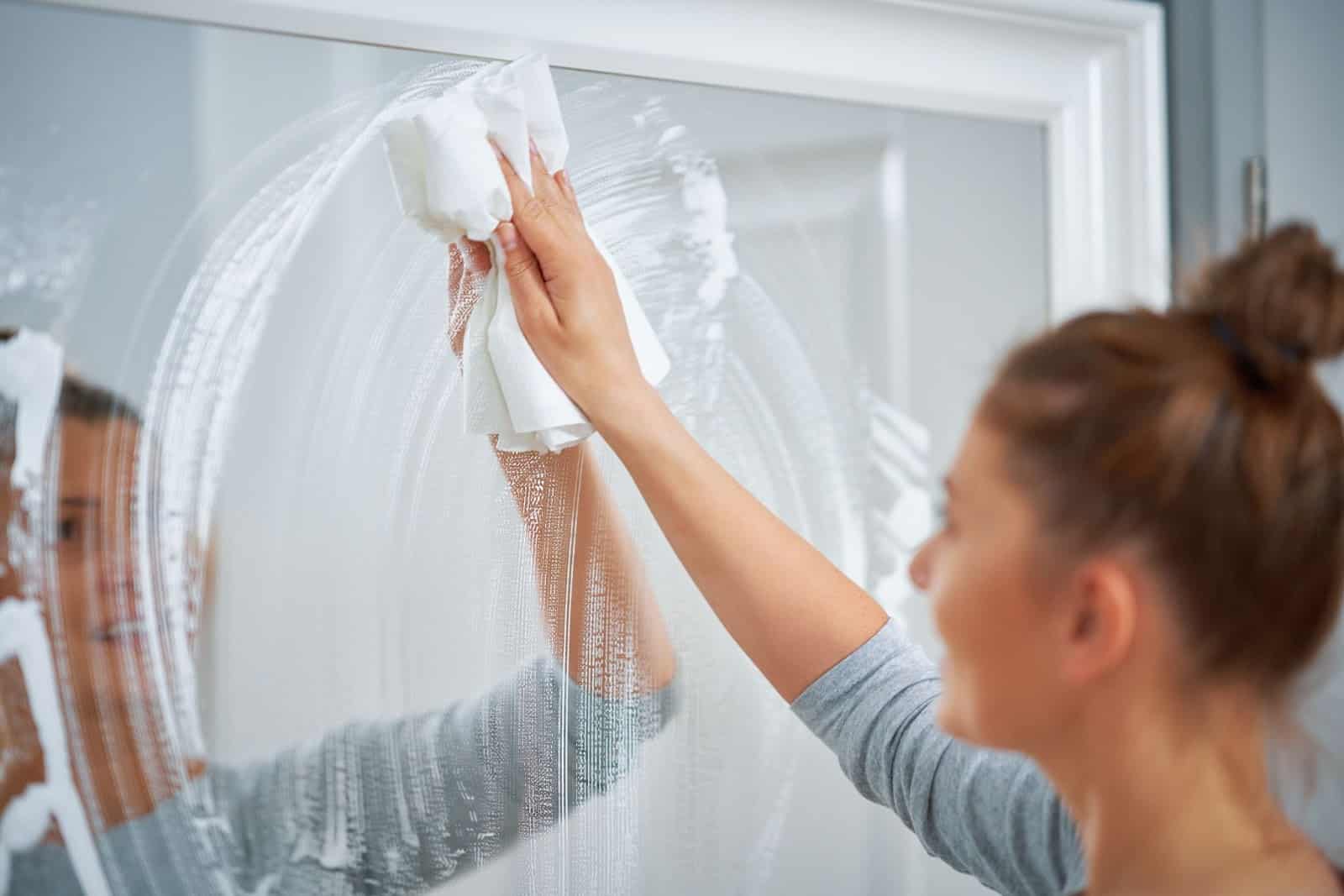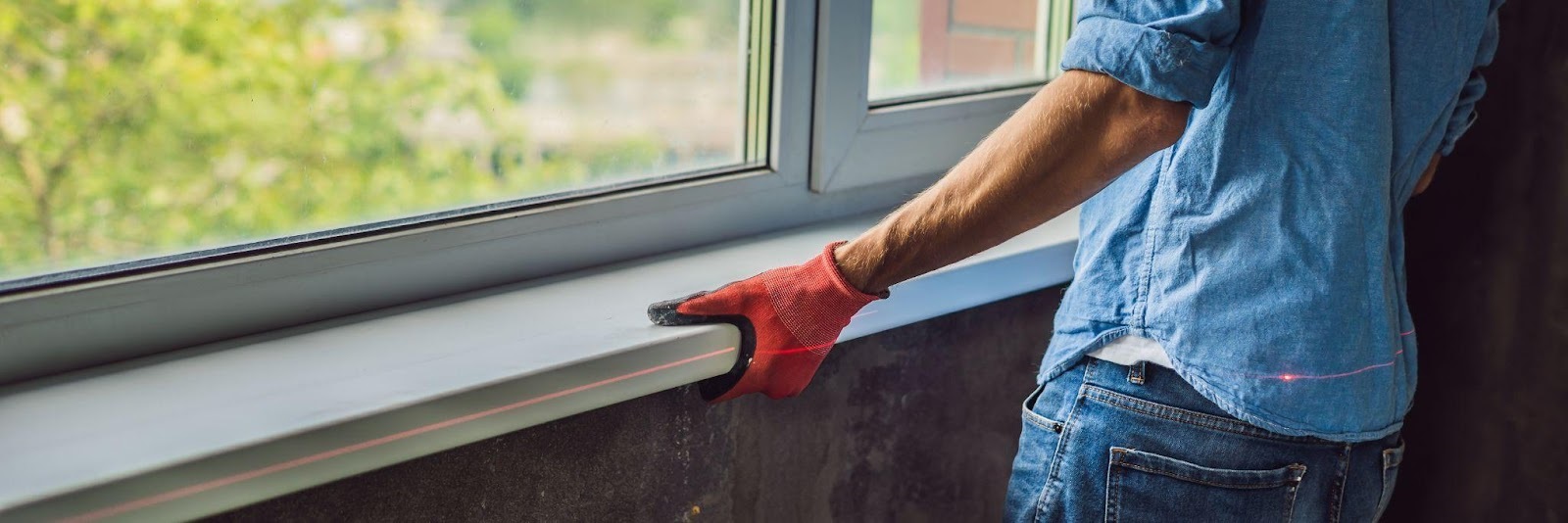Pressure washers are a handy tool for cleaning a variety of surfaces, from driveways and patios to commercial buildings and vehicles. However, not all cleaning jobs are created equal, and sometimes a simple blast of water just isn’t enough to get the job done. That’s where downstreaming comes in.
Downstreaming uses chemicals to enhance the cleaning power of your pressure washer, allowing you to tackle tough stains and grime with ease.
In this blog, we’ll take a closer look at what downstreaming is, how it works, and how you can use it to get the most out of your pressure washer. We’ll also discuss when it might be time to replace your windows if downstreaming or pressure washing isn’t giving you the results you want.
What Is Pressure Washing?
Pressure washing is a highly effective cleaning method that utilizes a powerful stream of water to remove dirt, grime, and other contaminants from surfaces. Pressure washing involves a specialized machine that pumps water at high pressure through a nozzle, creating a concentrated spray that can be adjusted to suit the task at hand.
A pressure washer is a versatile tool that can be used on a variety of surfaces, including concrete, brick, siding, and more. With its ability to remove tough stains and built-up grime, pressure washing can restore the look of your property to its original condition.
It is important to note that pressure washing requires proper training and safety precautions to ensure that the operator and surrounding areas are not damaged during the cleaning process.
What Is Downstreaming?
Downstreaming is a pressure-washing method that involves adding cleaning chemicals or detergents to the water supply after the pump. This causes the chemicals to be drawn into the water stream after the pump, which then flows through the pressure washer hose and nozzle.
Downstreaming is a preferred method for cleaning delicate surfaces like windows as it allows the pressure washer to use lower pressure while still achieving the desired level of cleaning.
Additionally, adding the chemicals downstream prevents damage to the pressure washer’s pump and seals, as some chemicals can be corrosive. This method is also cost-effective as fewer chemicals are used and can save time as the need for pre-soaking surfaces is eliminated.
The Benefits of Downstreaming
- You can use lower pressure, which is ideal for delicate surfaces. Lower pressure is ideal for delicate surfaces because it minimizes the risk of damage to the surface being cleaned.
High-pressure water can easily strip paint, damage wood, shatter windows, or gouge soft stone. By using lower pressure, the force of the water is reduced, making it less likely to cause damage.
Lower pressure allows for greater control over the cleaning process, making it easier to reach tight spaces and clean intricate details without causing any harm.
- It uses fewer cleaning chemicals, which is cost-effective and environmentally friendly. Using fewer chemicals has numerous benefits, including reducing the environmental impact of cleaning, improving cleaning efficiency, and lowering costs.
It can also make cleaning safer for everyone involved, as there is less risk of accidents with high-pressure water or harmful chemicals. Using fewer chemicals can help keep delicate surfaces looking like new for longer, as there is less wear and tear on the surface.
- It eliminates the need to handle potentially hazardous chemicals. Hazardous chemicals can be harmful to human health, causing respiratory problems, skin irritation, and more serious, long-term health issues.
- Hazardous chemicals can be dangerous to the environment, polluting water sources and harming wildlife. They can also damage the surface you’re cleaning, leading to costly repairs or replacements.
- It saves time and money on repairs. Diluting chemical solutions can save money and time on repairs in several ways. Not as many chemicals are used, which means less wear and tear on equipment and surfaces. This, in turn, leads to less need for repairs and replacements.
- It’s more efficient than other methods of pressure washing. Downstreaming is a more efficient kind of power washing than upstreaming because it does not require the pump to work under a vacuum to draw detergent, which puts less stress on the pump packings.
This is beneficial because it reduces the amount of energy needed to power the pump and ensures that the detergent is being applied at the correct dilution rate.
Downstreaming allows for the use of a super downstream injector, which is a device that injects chemicals into the water spray. This helps to ensure that the chemicals are being applied at the correct dilution rate and that the end solution of the chemical being applied is effective.
- It can be used for both residential and commercial pressure-washing applications. For residential properties, downstreaming can clean surfaces such as driveways, patios, and siding.
Downstreaming can also be used for commercial properties, such as restaurants, hotels, and office buildings. It effectively cleans surfaces such as concrete, brick, and metal. It can also remove dirt, grime, and other stains.
How to Downstream With a Pressure Washer
To downstream with a pressure washer, simply follow these steps:
- Choose the right chemicals. Select the chemical that is appropriate for the surface you are cleaning. Check the label for the dilution ratio recommended by the manufacturer.
- Fill the chemical tank with the appropriate amount of chemicals according to the manufacturer’s instructions.
- Connect the downstream injector to the pressure washer’s high-pressure hose. Make sure that the injector is securely attached.
- Attach the chemical nozzle to the end of the high-pressure hose. This nozzle is designed to draw the chemical into the water stream.
- Adjust the dilution rate on the injector to the recommended ratio for the chemical you are using.
- Start the pressure washer, and allow it to build up pressure.
- Apply the chemical. Once the pressure washer is running, spray the chemical solution onto the surface you are cleaning. Make sure to apply it evenly and thoroughly.
- Let the chemical sit on the surface for the recommended amount of time, according to the manufacturer’s instructions.
- Rinse the surface. Once the chemical has had time to work, rinse the surface thoroughly with clean water. Use the pressure washer’s regular nozzle for this step.
- Clean up. After you have finished downstreaming, turn off the pressure washer and disconnect the injector and nozzle. Rinse them thoroughly with clean water and store them in a safe place.
By following these step-by-step instructions, you can safely and effectively use downstreaming to clean a variety of surfaces with your pressure washer.
Downstreaming vs. Window Replacement
While keeping your home – including your windows – clean with downstreaming is a great idea that can help them last for much longer, sometimes things still need replacement. That includes your windows.
Windows are an essential part of any home, providing natural light, ventilation, and insulation. However, windows can become worn, damaged, or outdated over time and might need replacement.
Signs include visible damage such as cracks, chips, or warping, as well as drafts, condensation, and high energy bills. If you notice that your windows are difficult to open or close or that they let in excessive noise or drafts, it may be time to consider a replacement.
Call Mountain States Windows & Siding for Your Window Replacement
If you think it’s time to replace your windows, Mountain States Windows & Siding is your go-to source. Call us at 801.572.8039, or fill out the form on our website to schedule an appointment today.
